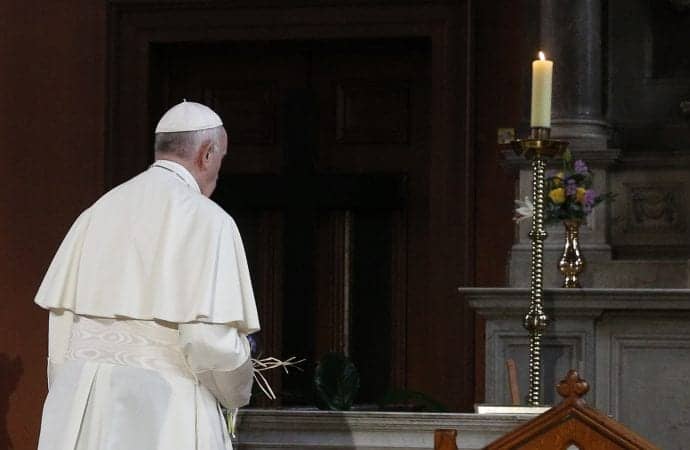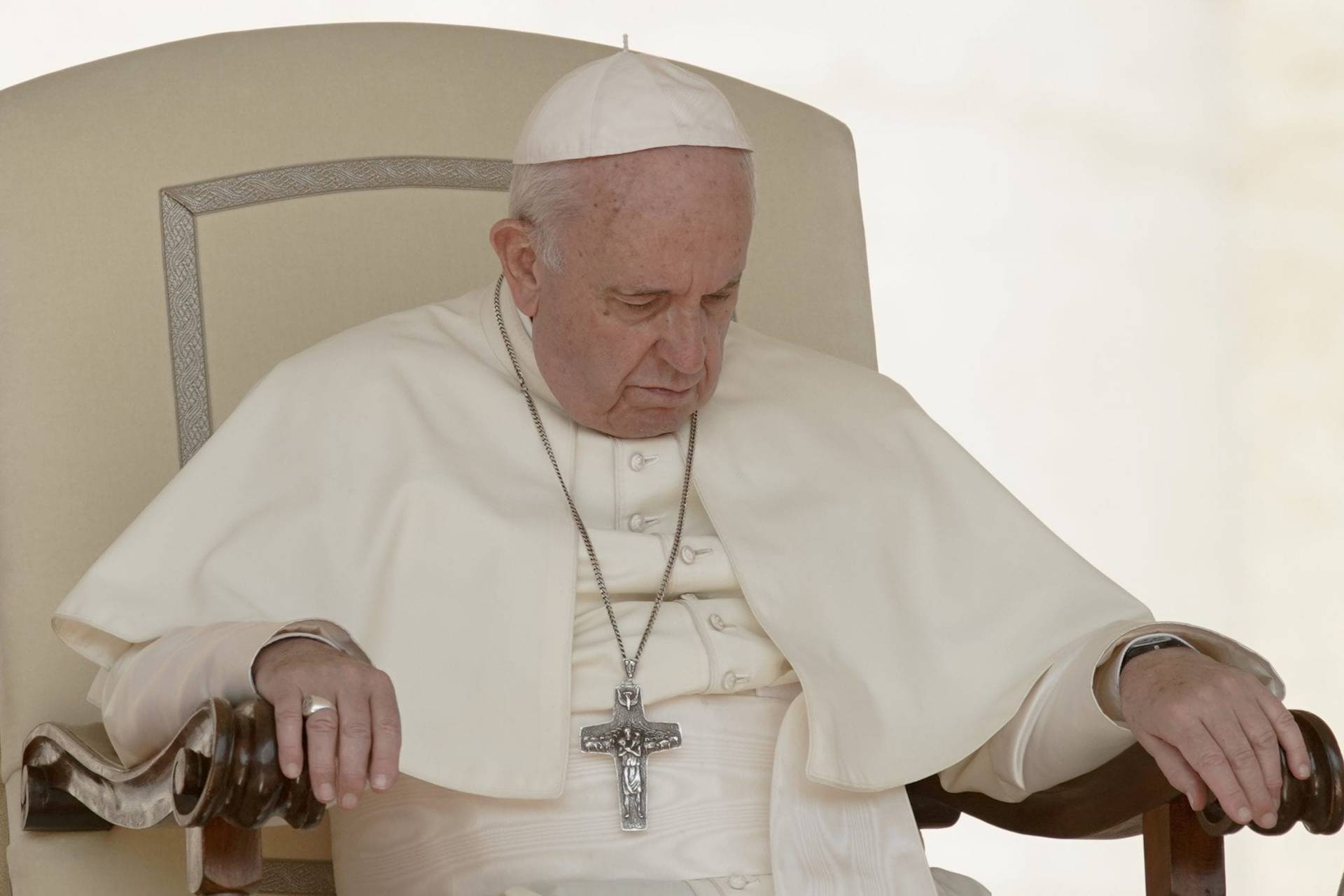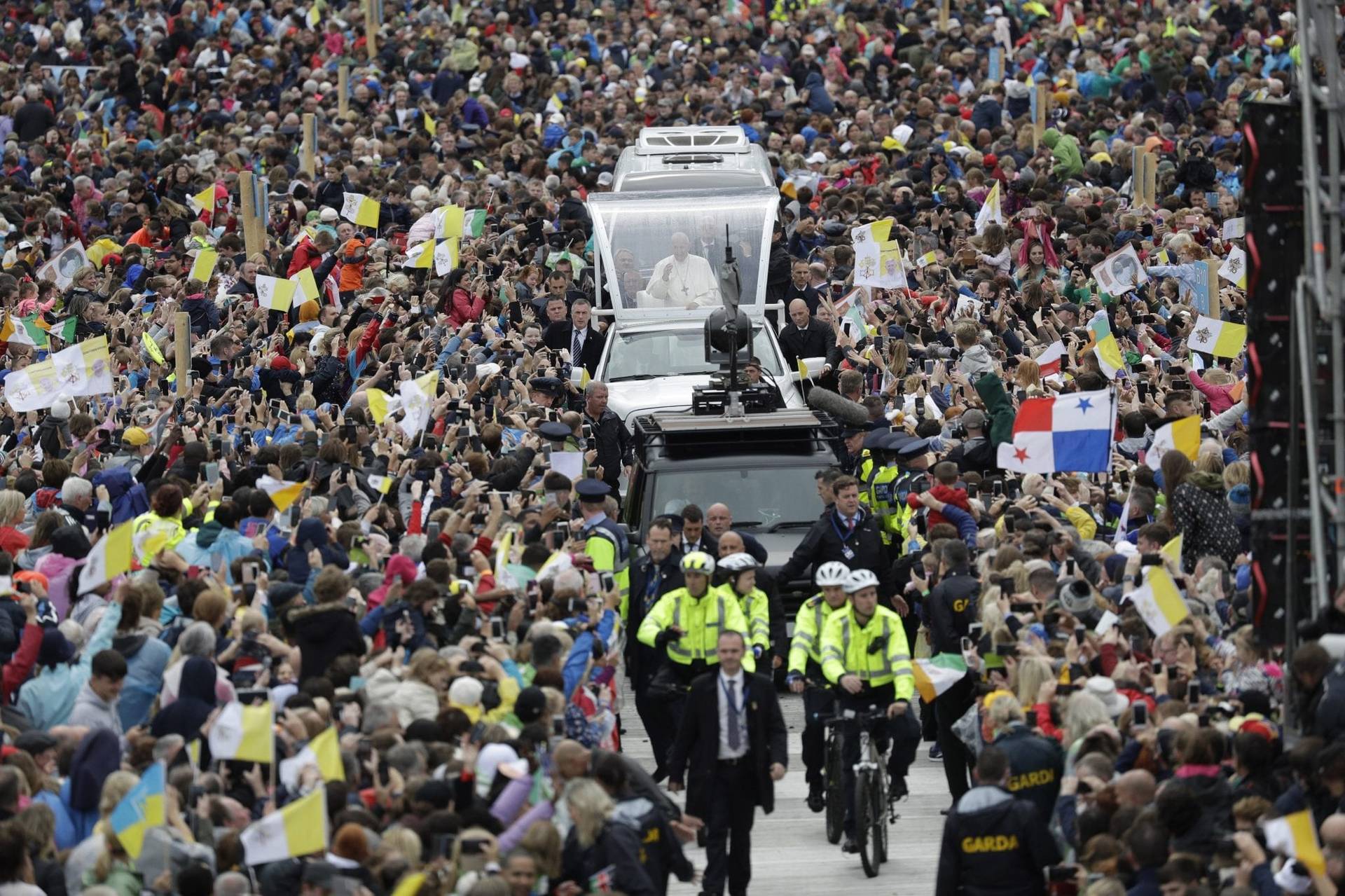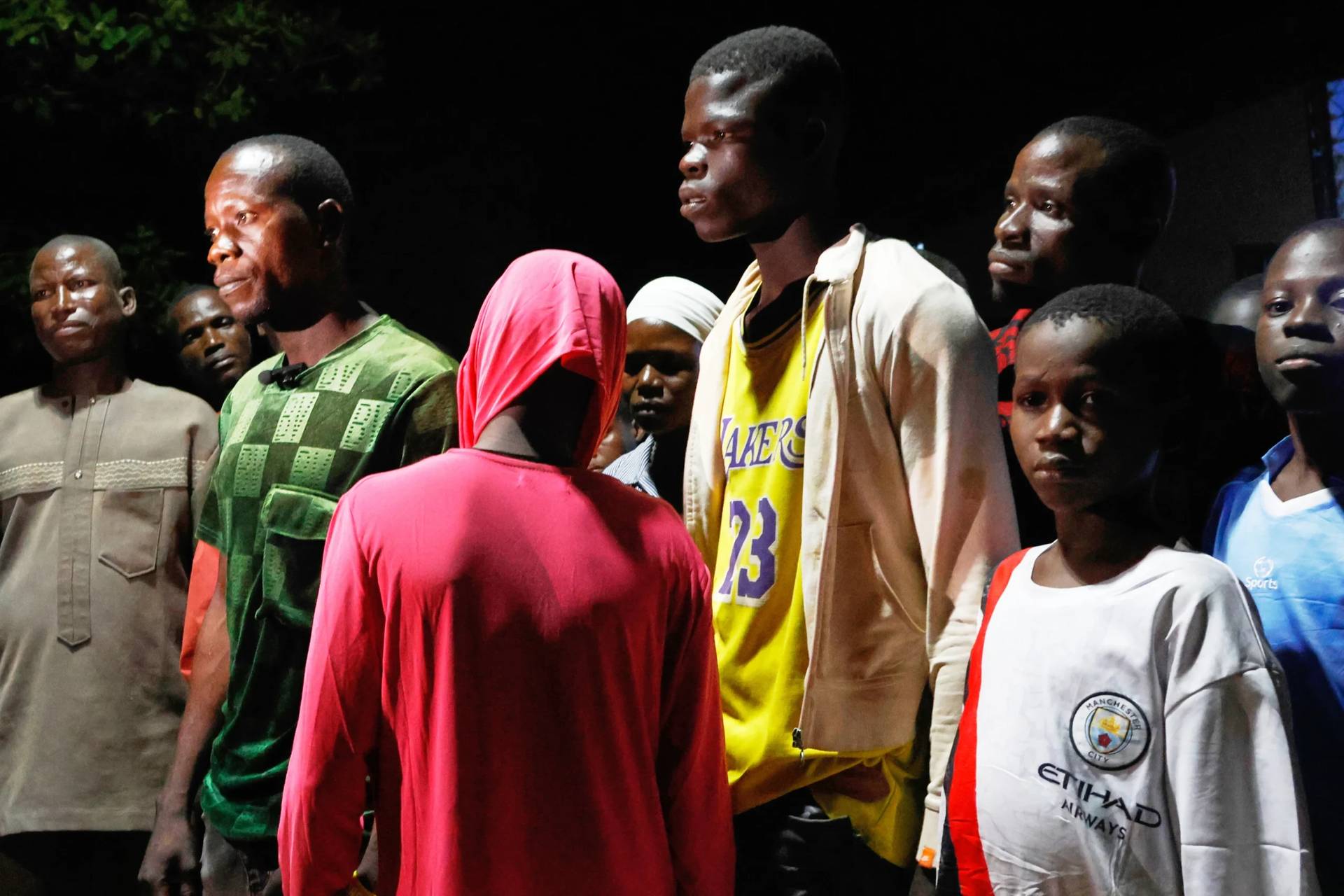DUBLIN – Amid a media frenzy triggered by release of an unexpected letter from Pope Francis on the child sexual abuse scandals on Monday, I found myself momentarily transported out of the fray by the collision of two initially unrelated thoughts:
- Dublin this week is full of events, symposia, exhibits, press conferences and other happenings, all somehow related to the World Meeting of Families and Pope Francis’s impending arrival in the country on Saturday. Pretty much everyone under the Catholic sun is represented here, including angry populists of both the left and right-wing variety. In the space of about 18 hours Monday and Tuesday, Crux covered both a progressive panel incensed over the Church’s treatment of the LGBT community and a conservative group staging a rosary procession around the meeting site every day at 11:00 a.m. to object to the “clearly heretical” teaching of Amoris Laetitia and to insist that the pope submit to the revelations of Mary at Fatima.
- Thinking about why the Vatican reacts as it does to shocks such as the abuse crisis, I found myself musing anew on the fact that the Vatican is in Italy and its instincts tend to be significantly conditioned by Italian culture. As it happens, Italy at the moment is governed by what locals call a giallo-nero, or “yellow-black,” coalition composed of the country’s main left-wing and right-wing populist movements. Basically, the parties involved realized they could either stand alone on the outside or unite and have a shot at actually running things.
The juxtaposition prompted this jarring question: What if the Vatican followed Italy’s lead, and the angry populists came together to seize power?
To be crystal-clear, it’s all sheer fantasy, because such a “yellow/black” alliance in Catholicism is such a long shot as to be the stuff of popular potboilers. For one thing, the Church is not a democracy, and nothing is decided by plebiscite. For another, the right and left-wing antagonists are so far apart, on so many fronts, that it’s hard to imagine any force short of divine intervention or nuclear fission bringing them together.
I can defend what follows solely on the basis that it’s fun to think about even though it’s not even remotely likely to happen.
For sure, Italy’s Cinque Stelle (“Five Star”) movement and the Lega (“League”), who now form the country’s ruling majority, are an odd couple. One is a left-wing insurgency rooted in concern for social welfare and inclusion, the other a xenophobic anti-immigrant party committed to preserving Italy for the Italians.
They were ultimately able to get into bed together by signing what amounts to a “non-interference pact,” agreeing that each party would have exclusive competence over the issues that matter most to their base, and neither would oppose or hamstring the other on those fronts. Immigration policy, for instance, belongs to the Lega, while jobs and employment is the province of the Cinque Stelle.
Further, it was clear that neither party could force through its own man as Prime Minister, so they agreed on an unknown lawyer to play the role while real power is exercised behind the scenes by the party chiefs.
So, what might that look like in Catholicism?
Well, let’s begin with this observation: Given everything that’s happened over the last two months – including the scandals surrounding ex-Cardinal Theodore McCarrick, the ongoing abuse crisis in Chile, the Pennsylvania Grand Jury report, the withdrawals of two cardinals from the World Meeting of Families amid scandals of their own, and the mounting pressure on Cardinal Donald Wuerl in light of the Pennsylvania findings – there’s a deep grassroots anger out there, a sense among ordinary Catholics that the status quo isn’t cutting it and those in charge have failed.
That “Rage Against the Machine” instinct, the sense that the elites are the problem, is the basis for populist insurgencies everywhere, so who knows?
Further, despite the enormous cultural and ideological divide between the hard Catholic left and right, it’s not as if there’s absolutely nothing upon which they agree.
In Italy, the fight against corruption and basic expressions of good government such as picking up garbage in a timely fashion unite populists of all sorts, and likewise in Catholicism, both traditionalists and progressives agree on the urgency of sweeping measures to combat both the crime and the cover-up of child sexual abuse and on the pressing need for a financial house-cleaning in the Vatican.
On everything else, perhaps a similar non-interference pact could be struck: The right gets Amoris Laetitia and abortion, the left gets the poor, the environment, and the death penalty, or something like that.
Who might the leaders of these factions be in the College of Cardinals, the body that picks the next pope?
On the right-wing side that’s easy: American Cardinal Raymond Burke, a hero to Francis critics and disenchanted traditionalists everywhere. (Burke, by the way, is providing a video fervorino for a conservative counter-summit to the World Meeting of Families taking place in Dublin this week.)
The problem on the hard left is that they’re not naturally inclined to look to hierarchs for leadership. To be honest about it, in a sweepstakes for the next pope, former Irish President Mary McAleese, who got into hot water this week for calling the World Meeting of Families a “right-wing rally” and who recently broadcast a program on Irish national television lamenting the exclusion of LGBTQ representatives, probably would get ardent progressives far more excited than any current Prince of the Church.
That said, there are a few figures who could plausibly be seen as at least open to their concerns – perhaps someone such as Cardinal Luis Antonio “Chito” Tagle of the Philippines, who’s viewed as open-minded, kind, and definitely not part of the Burke crowd.
Given that no such cardinal of either persuasion could possibly galvanize a two-thirds majority in a conclave, who might a yellow-black alliance settle on as their placeholder pope?
Ironically, Pope Francis may have made cracking that nut easier by stacking the College of Cardinals with a whole roster of unknowns from the “peripheries.” To pick a name basically at random, someone like Cardinal Soane Patita Mafi of the Pacific island of Tongo might fit the bill, if he’d be willing to accept the role.
(That, by the way, is the real problem with this scenario, because popes are a bit like U.S. Supreme Court justices. You pick them thinking you’ll get one result but sometimes you get another, and by then it’s too late to change course.)
As I said at the outset, none of this is ever going to happen. However, the mere fact that populist forces on both sides of the Church have turned out in force in Dublin this week, obviously feeling emboldened, may say something about the present moment – because however confusing things may seem, it’s clear that a growing cross-section of the Church feels a gut-level instinct that business as usual is past its sell-by date, and something new has to take its place.
One final thought, also prompted by the current situation in Italy. What’s become clear is that even though in theory the current government is a partnership of equals, in reality Matteo Salvini, the leader of the Lega, has emerged as the country’s tone-setting big dog. Politics, like nature, abhors a vacuum, and ultimately somebody has to be in charge.
That lesson might create an incentive for the left and right-wing populists in the Church to ponder the basically unthinkable option of coming together – i.e., the prospect of seizing power together, but then wielding it alone.

















